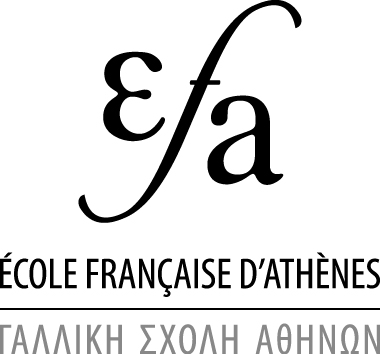Laconian material culture and Lacedaemonian identity. The Laconian sanctuaries case
Résumé
If spartan history is better known thanks to the revision of the spartan mirage, Lacedaemon, however, continues to escape to a great extent from
our knowledge. Sometimes considered as a polis, sometimes as a state or a symmachia, Lacedaemon appears to be mainly a matter of regional identity. Spartans and Perioikoi seem to have shared more than political ties and the integration of the latter is based on cultural and ethnic – understood as a cultural construction – factors. Unfortunately, the Perioikoi remain far more unknown and are basically studied as the ‘other’ Lacedaemonians; the laconian material culture is a way to go beyond this aporia. Its use remains problematic as the historians focus on Sparta through literary sources, while the material culture and the production sphere are supposedly in the hands of the Perioikoi. This statement has led us to largely ignore the historical value of laconian artifacts, especially to study the whole lacedaemonian society during the archaic period. The secured perioikic sites are few, but they exist and can be used in a comparative study with the better known and published spartan sanctuaries in order to highlight common features and specificities. Different categories of votive offerings – as the blackglazed
pottery, the bronze vases and figurines, the lead figurines and the laconian reliefs – can be used as identity markers. The first results lead to common classes of artifacts, used in the same contexts and seem to indicate common votive practices
Parfois considérée comme une polis, parfois comme un État ou une symmachie, Lacédémone apparaît de plus en plus qu'il s'agisse d'une question d'identité. Les Spartiates et les Périèques semblent avoir partagé davantage que des liens politiques et l'intégration de ces derniers est basée sur des facteurs culturels et ethniques – entendus comme une construction culturelle. Malheureusement, les Périèques restent beaucoup plus méconnus et sont essentiellement étudiés comme les "autres" Lacédémoniens ; la culture matérielle laconienne est un moyen de dépasser cette aporie. Différentes catégories d'offrandes votives – comme la céramique à vernis noir, les vases et figurines en bronze, les figurines en plomb et les reliefs laconiens – peuvent être utilisées comme marqueurs d'identité. Les premiers résultats conduisent à des classes communes d'artefacts, utilisés dans les mêmes contextes et semblent indiquer des pratiques votives communes
Origine : Accord explicite pour ce dépôt

